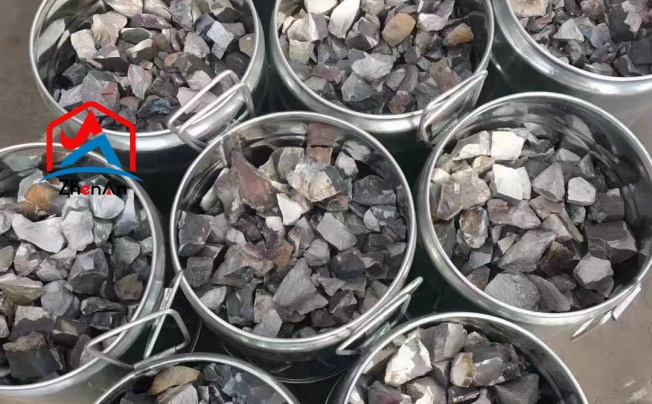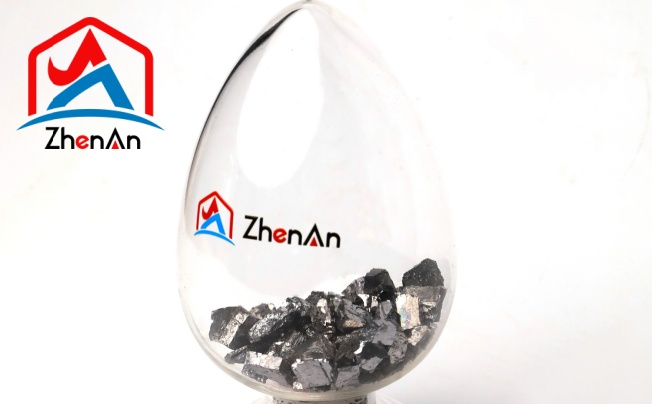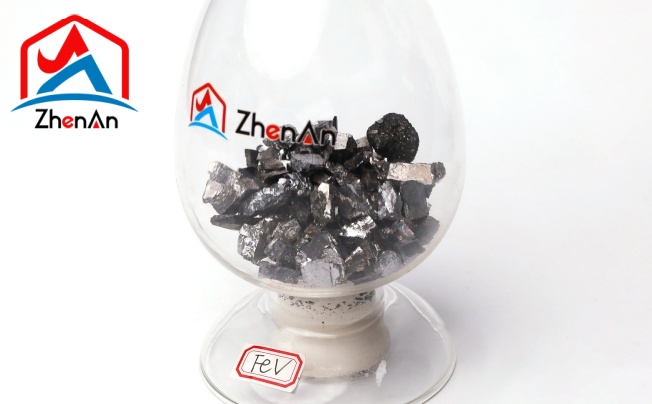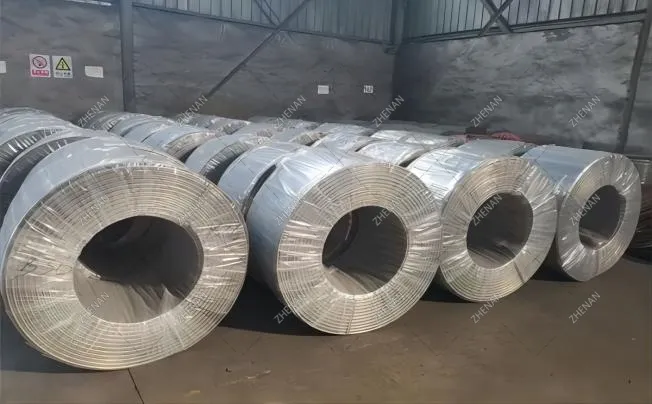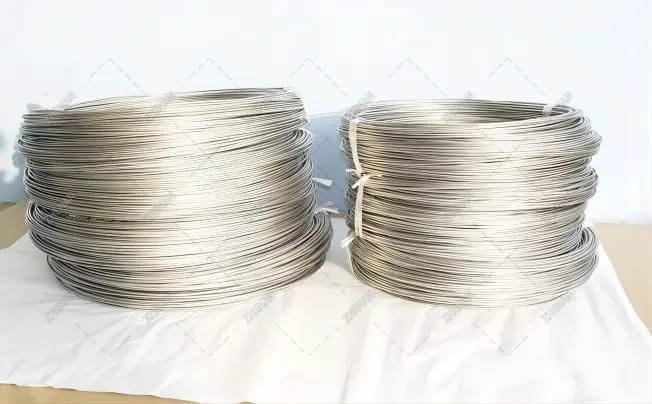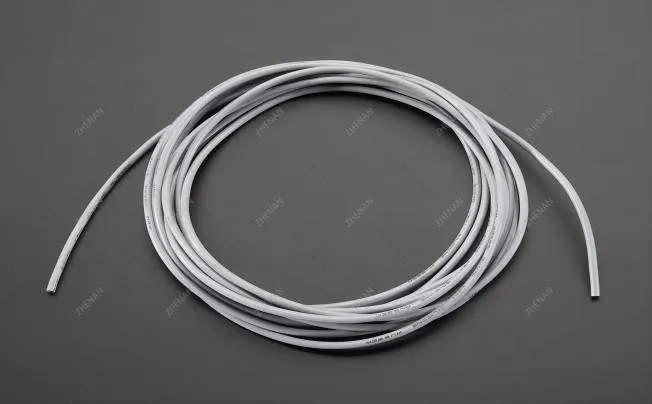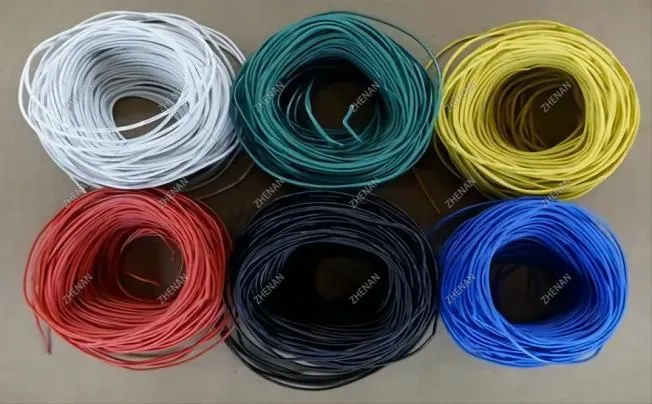What is Alloy Cored Wire?
Alloy cored wire is a kind of cored wire that has alloying components inside of it and is used in welding procedures. To attain particular qualities and change the weld metal’s properties, alloying materials are applied.
What Are the Different Types of Alloy Cored Wires?
The following are examples of alloy-cored wires: pure calcium, aluminium calcium, rare earth magnesium silicon cored wire, carbon core wire, ferrotitanium cored wire, silicon manganese cored wire, rare earth silicon cored wire, rare earth silicon magnesium cored wire, rare earth silicon barium cored wire, calcium silicon barium aluminium cored wire, metal magnesium cored wire, calcium silicon cored wire, calcium iron cored wire, etc.
What is Alloy Cored Wire Used For?
In welding procedures, alloy cored wire is mostly used to add particular alloying components to the weld metal. These alloying materials are added to the weld to assist in changing its strength, hardness, corrosion resistance, and other desired attributes. Depending on the kind of alloy and the intended purpose, alloy cored wire can have a variety of unique uses.
Typical uses for them include:
- High Tensile Strength Requirements: Applications requiring high tensile strength, such as oil pipe welding or the military, frequently use alloy cored wire.
- Enhancement of Corrosion Resistance: Some alloy-cored wires are used to increase the weld metal’s resistance to corrosion, making them appropriate for usage in harsh settings.
- Particular Alloy Compositions: Alloy cored wire is helpful in industries like manufacturing, aircraft, and automobile where specific alloy compositions are needed since it gives exact control over the weld metal’s alloy composition.
- Welding of Dissimilar Metals: Compatible alloying elements that encourage good bonding and inhibit the production of brittle intermetallic compounds can be included in alloy cored wire to facilitate the welding of dissimilar metals.
How To Use Alloy Cored Wire Correctly?
During the steelmaking process, core-clad wire facilitates the addition of metallurgical ingredients to molten steel. Using the wire feeding mechanism provided by the manufacturer, insert the cored wire vertically into the molten steel or iron. The cored wire and other metallurgical materials will completely melt and undergo a chemical reaction at the proper depth, obviating the requirement for additional ingredients The air-slag response increases the pace at which the metallurgical materials made by the manufacturer are absorbed.
Additionally, core-clad wire can be used for casting, refining, alloying, and purifying molten steel to alter inclusions. It has a major impact on lowering casting and steelmaking costs, raising the financial advantages of cast iron and steel and enhancing the quality of cast iron and steel.
Presently, the steelmaking process consists of three steps: continuous casting (mould casting), refining, and converter (electric furnace). The converter or electric furnace production time is frequently longer than the casting rhythm because each link has a varying requirement for time. Another converter (electric furnace) needs to be set up to make the next batch of steel to keep production going continuously; otherwise, production will stop. Furnace downtime is the time spent during production when a furnace is changed to produce steel ahead of schedule.
Ingredients can be changed by feeding carbon thread. Through the use of a wire-feeding machine, the carbon-containing powder is directly fed into the liquid molten steel after being wrapped in an iron sheet to create a wire with a specific diameter. It is possible to carefully control the amount of carbon in the molten steel. There are also other types of alloy wires, including aluminium, sulphur, nickel-magnesium, calcium silicon, and so on. Of course, wire feeding may not always result in composition control adjustments, but it does provide a comparable level of exact composition control. efficient technique.
What is The Difference Between Solid Wire and Metal Cored Wire?
There are two types of welding wires that are utilized in different welding processes: solid wire and metal cored wire.
Solid Wire
Solid wire, sometimes referred to as solid core wire, is a conventional kind of welding wire made of a solid metal wire with no hollow core or flux. It is frequently employed in metal inert gas (MIG) and gas metal arc welding (GMAW) procedures.
To shelter the weld pool from ambient contamination, solid wire requires the use of an external shielding gas, such as argon or a combination of argon and carbon dioxide. It provides excellent control over the welding process and yields clean, sparse welds.
Solid wire is generally employed in situations requiring fine control over the weld bead and for the welding of thin materials.
Metal Cored Wire
One kind of welding wire is called metal cored wire, and it contains a hollow core that is filled with metal flux in powder form. It is frequently employed in FCAW (fluid-cored arc welding) procedures.
The advantages of flux-cored and solid wire are combined in metal-cored wire. In comparison to solid wire, it offers better weld penetration and higher deposition rates together with the ease of self-shielding flux.
Thick materials and applications requiring higher productivity and faster welding speeds are good candidates for metal cored wire. Depending on the particular needs of the welding process, it can be utilized with a range of shielding gases, such as argon and carbon dioxide or 100% carbon dioxide.




